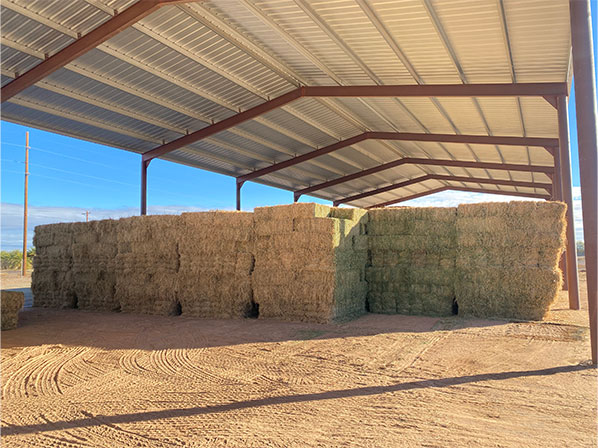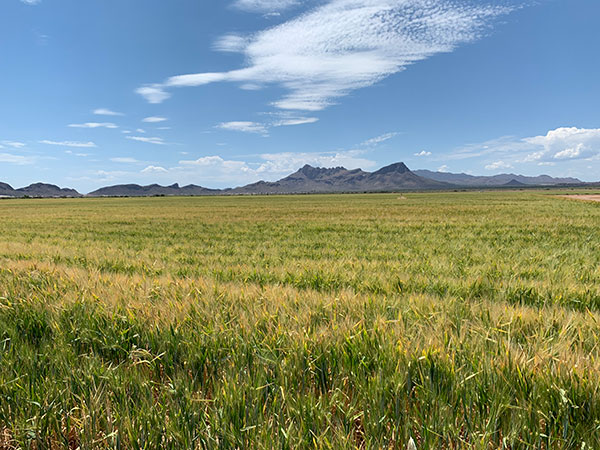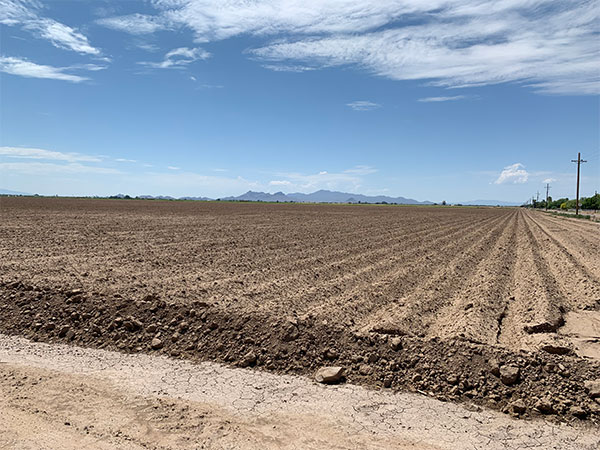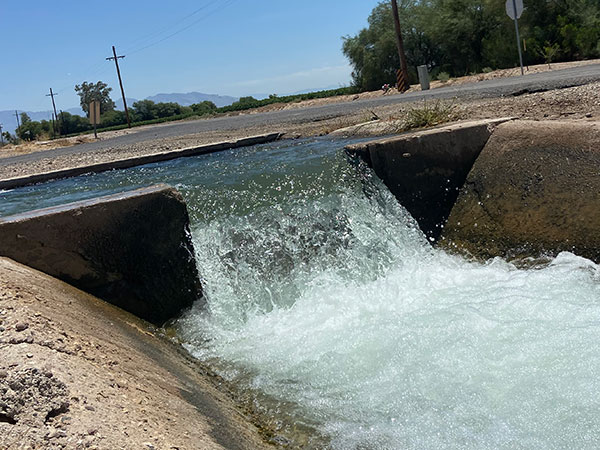Alfalfa Hay: Nature’s Powerhouse Feed for Livestock
Welcome to the world of alfalfa hay, a nutrient-packed forage that has been a favorite among farmers and ranchers for its exceptional nutritional value and versatility. This remarkable legume hay is widely cultivated and cherished for its ability to nourish various types of livestock, making it an essential component of many animal diets.
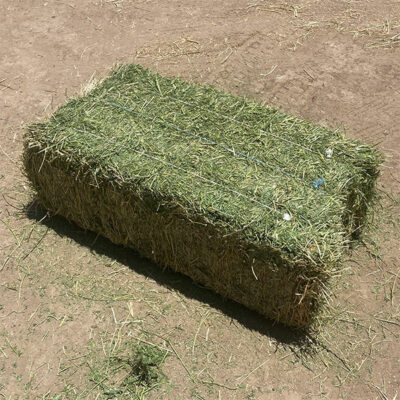
What is Alfalfa Hay?
Alfalfa hay, scientifically known as Medicago sativa, is a perennial legume native to Asia. Its name comes from the Arabic words “al-fac-facah,” which means “the best of all fodder.” This name is well-deserved because alfalfa hay is renowned for its exceptional quality and nutritional benefits for livestock.
Growing and Harvesting Alfalfa Hay
Alfalfa hay is a cool-season legume, thriving in temperate climates with well-drained soils. It boasts an extensive root system that reaches deep into the ground, allowing it to access essential nutrients and water even during dry spells.
The hay is typically grown from seeds and reaches its peak growth during spring and early summer when the weather is mild and moist. It can be harvested multiple times throughout the growing season, with each cutting ensuring tender and nutritious forage for livestock.
Alfalfa Hay Nutritional Value
Alfalfa hay is like nature’s powerhouse, packed with an abundance of essential nutrients that animals need for their growth and well-being. It is particularly rich in proteins, which are essential for building strong muscles and maintaining overall body health. The high protein content in alfalfa hay makes it an excellent choice for young and growing animals, as well as for lactating females who need extra nutrition.
Alfalfa Hay Nutrients Include:
- Protein: Alfalfa hay is known for its relatively high protein content, making it a valuable feed source for many animals. On average, it contains around 15-20% protein. This makes it particularly suitable for growing animals, pregnant or lactating females, and performance horses.
- Fiber: Alfalfa hay contains both soluble and insoluble fiber. The fiber content typically ranges from 25% to 35%, which can aid in digestion and promote gut health in animals.
- Energy: Alfalfa hay is a good source of energy due to its relatively high-calorie content. It contains moderate levels of carbohydrates, providing energy for animals. However, it may not be as energy-dense as other forages like grass hay.
- Calcium: One notable characteristic of alfalfa hay is its high calcium content. It can contain between 1.2% to 2.5% calcium. While this is beneficial for growing animals, it may not be suitable for certain adult animals, like adult horses, which may require a more balanced calcium-to-phosphorus ratio.
- Phosphorus: Alfalfa hay typically contains lower levels of phosphorus compared to calcium, resulting in an imbalanced calcium-to-phosphorus ratio. This imbalance can be problematic for some animals, leading to mineral imbalances if fed as the sole forage source.
- Vitamins and Minerals: Alfalfa hay also contains various vitamins and minerals, including vitamin A, vitamin D, vitamin E, vitamin K, and trace minerals like iron, manganese, and zinc.
The nutritional value of alfalfa hay is a great source of vitamins, including A, D, E, and K, which are crucial for various bodily functions. It also contains essential minerals like calcium, phosphorus, and magnesium, contributing to healthy bones and teeth.
Benefits for Livestock
One of the key advantages of alfalfa hay is its palatability, meaning that animals find it extremely tasty and are eager to consume it. This characteristic makes it an ideal feed for picky eaters or those recovering from illness.
Alfalfa hay’s rich nutritional profile and digestibility lead to improved weight gain and enhanced milk production in dairy cows. Horses fed with alfalfa hay often showcase vibrant coats and maintain healthy energy levels, making it a popular choice among equestrians.
Hay and Haylage: What’s the Difference?
Farmers can choose to store alfalfa hay in two main forms: dry hay and haylage. Dry hay is the traditional method of cutting and baling the forage, while haylage involves baling the hay at a higher alfalfa hay moisture content and wrapping it to ferment slightly before storage. Both forms have their advantages, with haylage being more nutritious and appealing to some animals due to its fermentation process.
Conclusion
In conclusion, alfalfa hay bales are a nutritional powerhouse, providing essential nutrients and nourishment to a wide range of livestock. Its palatability, high protein content, and rich vitamin and mineral profile make it a staple in animal diets, supporting healthy growth, milk production, and overall well-being. Whether you have cattle, horses, sheep, or other livestock, incorporating alfalfa hay into their diet ensures that they receive nature’s best fodder and sets the path for a thriving and successful farm.

